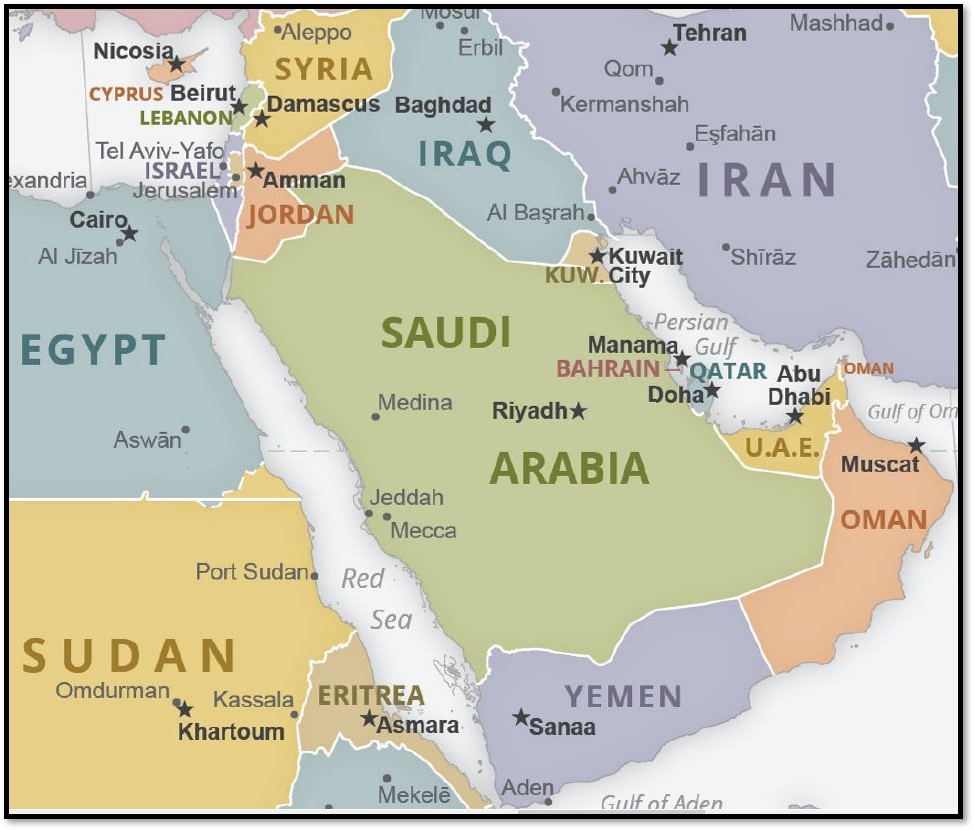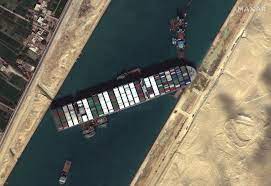In the heart of the world lies a region well known for its history of turbulence and conflict- the Middle East. The history of events and factors contributing to the ongoing battles is complex and includes a long record of geopolitics, religion, ethnicity, and resource disputes.
Historically, the roots of the Middle East conflict can be traced back centuries, with ancient rivalries and territorial disputes shaping the region. However, in the modern era, the geopolitical landscape underwent a tremorous shift in the aftermath of World War I. The collapse of the Ottoman Empire gave rise to new nation-states, and the Sykes-Picot Agreement of 1916 between Britain and France drew arbitrary borders, often disregarding important ethnic and religious demographics.
Post-World War II, the establishment of the State of Israel in 1948 further fueled tensions. The creation of Israel on land inhabited by Palestinian Arabs led to a bitter conflict that persists to this day. The Arab-Israeli wars of 1948, 1967, and 1973, along with the subsequent Israeli occupation of Palestinian territories, laid the foundation for a deep-seated animosity between Israelis and Palestinians.
Religious differences have also played a pivotal role in the Middle East conflict. The division between Sunni and Shia Islam, dating back to the death of Prophet Muhammad, has fueled free-thinking tensions. This has been exacerbated by regional power struggles, with Saudi Arabia, a Sunni powerhouse, and Iran, a Shia stronghold, engaging in proxy conflicts across the region.
The Cold War era added another layer of complexity to the Middle East conflict, as the United States and the Soviet Union competed for influence. The Arab-Israeli conflict became a geopolitical chessboard, with superpower support intensifying regional rivalries.
The discovery of vast oil reserves in the Middle East in the mid-20th century further heightened tensions. Oil became not just an economic asset but a strategic one, leading to interventions and conflicts fueled by a hunger for control over this precious resource.
The rise of militant groups and non-state actors in the latter half of the 20th century, such as Hezbollah and Hamas, brought a new dimension to the conflict. These groups, often with ideological and financial support from external sources, have pursued their agendas through acts of terrorism and uprisings.
The Arab Spring in 2010 added a new chapter to the region’s history, as popular uprisings sought to overthrow authoritarian regimes. However, the aftermath of the Arab Spring has been marked by power vacuums, civil wars, and the rise of extremist groups like ISIS, contributing to the ongoing instability.
The Syrian Civil War, which began in 2011, exemplifies the complexity of the Middle East conflict. A combination of groups, including the Syrian government, rebel groups, Kurdish forces, Russia, Iran, and various Western nations, have been involved in a multifaceted struggle for power and influence.
In recent years, tensions between regional powers, such as Saudi Arabia and Iran, have escalated, further complicating efforts to find a resolution. The ongoing conflict in Yemen, with Saudi Arabia leading a coalition against Houthi rebels, is a testament to the regional power struggles that continue to shape the Middle East.
As the world watches the Middle East, the complexities of its history and the interplay of geopolitical, religious, and economic factors underscore the challenges of finding a lasting solution to a conflict deeply rooted in the fabric of the region. The path to peace remains elusive, but understanding the intricate background is crucial for any meaningful attempts at a resolution.











































